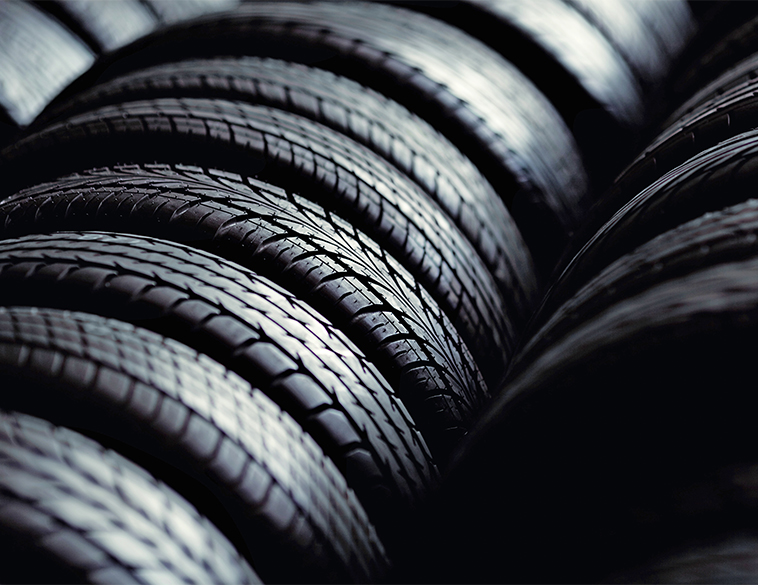With traditional natural rubber shortages becoming a growing concern, the tire industry is exploring alternatives.
While semiconductor chip shortages have grabbed the automotive headlines over the last several months, there are also concerns that another raw material, essential vehicles and many other uses is also becoming scarce.
Natural rubber supplies are dwindling, driven by several factors.
One has been strong demand in natural rubber by China, as well as leaf blight which is damaging large swathes of natural rubber trees.
Additionally, the way in which natural rubber is grown and extracted—generally by smallholding farmers in regions of Southeast Asia and Africa is highly labour intensive and time-consuming.
Low pricing
Another concern is that the price of natural rubber has been kept artificially low, promoting large-scale extraction and methods that over tap natural rubber plants and make them more susceptible to diseases.
Plus, with the low commodity prices for natural rubber that have been witnessed for several years, there is currently little in the way of incentives for farmers to plant and grow more trees.
In fact, the situation is becoming so concerning, that tire manufacturers are taking things into their own hands.
Bridgestone has been developing an alternative source for natural rubber production, from hardy guayule shrubs found in the U.S. Southwest.
Bridgestone actually began this journey in 2012, conducting research at its Rubber Research and Processing facility located in Mesa, Ariz. (a suburb of Phoenix) and to date has successfully, created fully functioning passenger car tires with 100 percent natural rubber derived from guayule plants.
While passenger-car tires can often be produced from synthetic rubber compounds, larger and heavy-duty applications require tires with greater elasticity to absorb extreme loads and heat, which only natural rubber can provide. Examples including large earthmoving and agricultural tires, as well as aircraft tires.
Alternative solution
Given that blight has been a growing problem for natural rubber tree populations in Asia and the fact that it takes several years for rubber trees to mature so the latex can be extracted, the ability to provide alternative solutions to traditional rubber crops is becoming increasingly important.
According to Bridgestone, creating guayule sourced natural rubber, will, as a worthy supplement to traditional natural rubber sourced from Hevea Brasiliensis trees, require more processing plants to come online, which also means the ability to incentivize farmers and growers in regions like the Southwest U.S. and Mexico to plant more guayule shrubs.
Doing so takes time, however, and it could well be a decade or more before there is sufficient supply to counter shortages of natural rubber in other parts of the world.
In other moves to promote natural rubber sustainability; tire manufacturers from around the world, including Apollo Tires, Bridgestone, Continental, Goodyear; Hankook, Kuhmo, Michelin; Nokian Tyres, Pirelli and Sumitomo Rubber Industries; Toyo Tires and Yokohama have adopted policies that align with a framework established by the Global Platform for Sustainable Natural Rubber.
Range of factors
The GPSNR framework, established in 2020, is built around the concept of promoting sustainable practices regarding the uptake of natural rubber by looking at a range of factors.
These include biodiversity loss and ecosystem conversion, as well as inequity in the natural rubber supply chain, plus human and labour rights violations. More details on GPSNR are available here – https://sustainablenaturalrubber.org/
By coming together through collaboration such as this and developing truly sustainable strategies, the tire industry can help facilitate a long-term, steady supply of rubber-based products to meet global demand, while at the same time, protecting the world’s natural rubber resources for the future generations.



